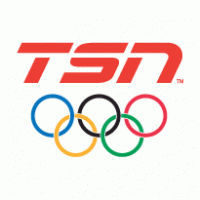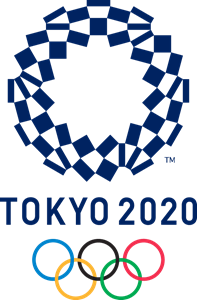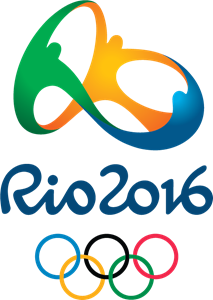Olympics Logo
Olympic rings
Logo

About Olympics Logo
The logo features five interlocking rings arranged in a staggered pattern over two lines, with three rings on the top line and two on the bottom. The rings from left to right are blue, yellow, black on the top line, and green, red on the bottom line. The rings overlap each other in a pattern that demonstrates continuity and connection. All the rings are of the same thickness and diameter. The colors are solid without gradients, and the background is white, highlighting the vibrant colors of the rings. This design is symbolic and widely recognized as representing the international Olympic movement and the coming together of athletes from around the world for the Olympic Games.
The Olympics logo is a sport logo made up of around 5 different colors.
The Olympics logo is quite a simple logo made up of just one shape, it consists of just 1 rectangle.
The Olympics logo is made up of a bunch of different colors. These colors include teal, yellow, purple and black. Beyond those 4 basic colors there are also 5 more specific colors found, these include medium green, orangey yellow, dusty red, cerulean and black.
The Olympics logo is a Olympics, Sports and United States logo.
Basic Colors
We've taken a look at the image and pulled out some colors that are common across lots of logos. The colors below aren't the exact colors found in the image, but approximations to common colors.
Advanced Colors
We've extracted the below 'advanced colors' from the logo. These should be much closer to the actual colors found in the logo. Our extractor tries to only take the main colors of the image and tries to ignore shading on anti-aliasing or shadows. This generally leads to better results, but in some circumstances you might find a few unusual colors being pulled from the logo.
Hex Colors
The below are the hex colors that are found in the logo. You can assume that these are the actual colors used in the logo. Our color extraction tool that takes the colors from the logo tries to ignore anti-aliasing and shadows, so you may sometimes find a slightly odd result, but this is rare. These colors should be very similar to the Advanced Colors, but you'll notice subtle differences. If you're interested in the exact color then use the hex, but if you're trying to describe the logo then use the Advanced Color or the Basic Color above.







